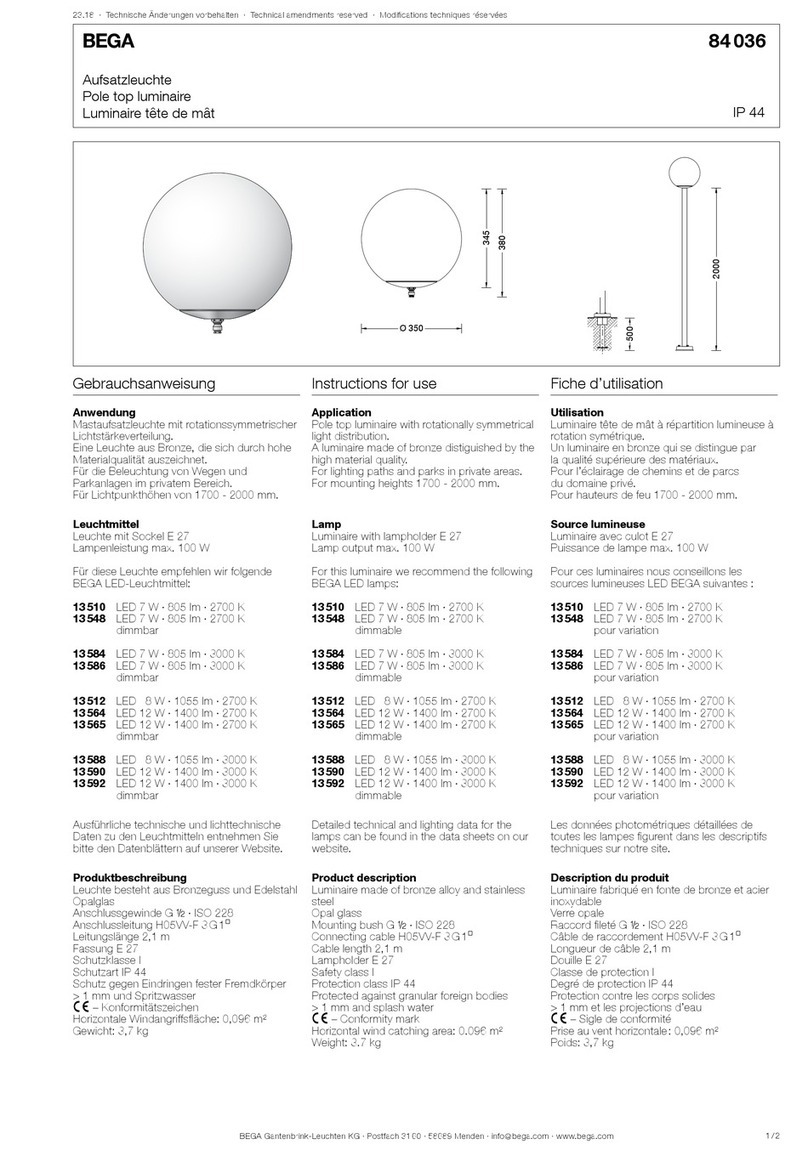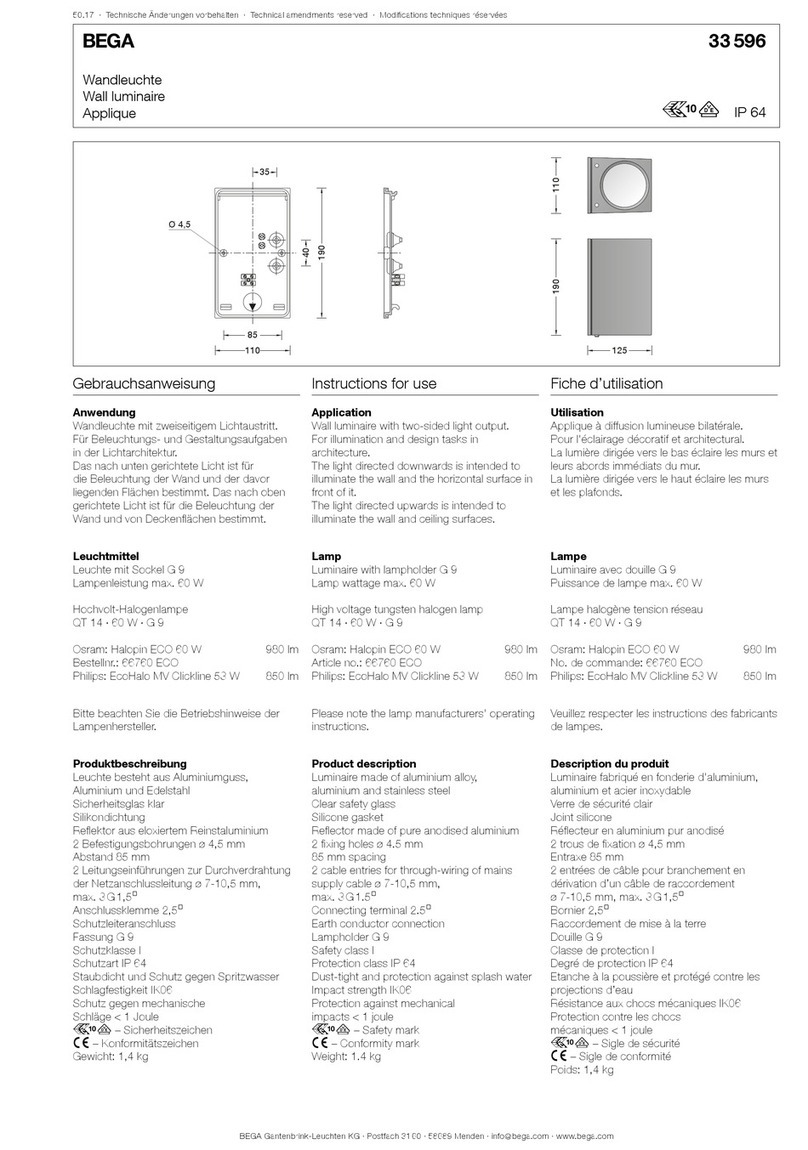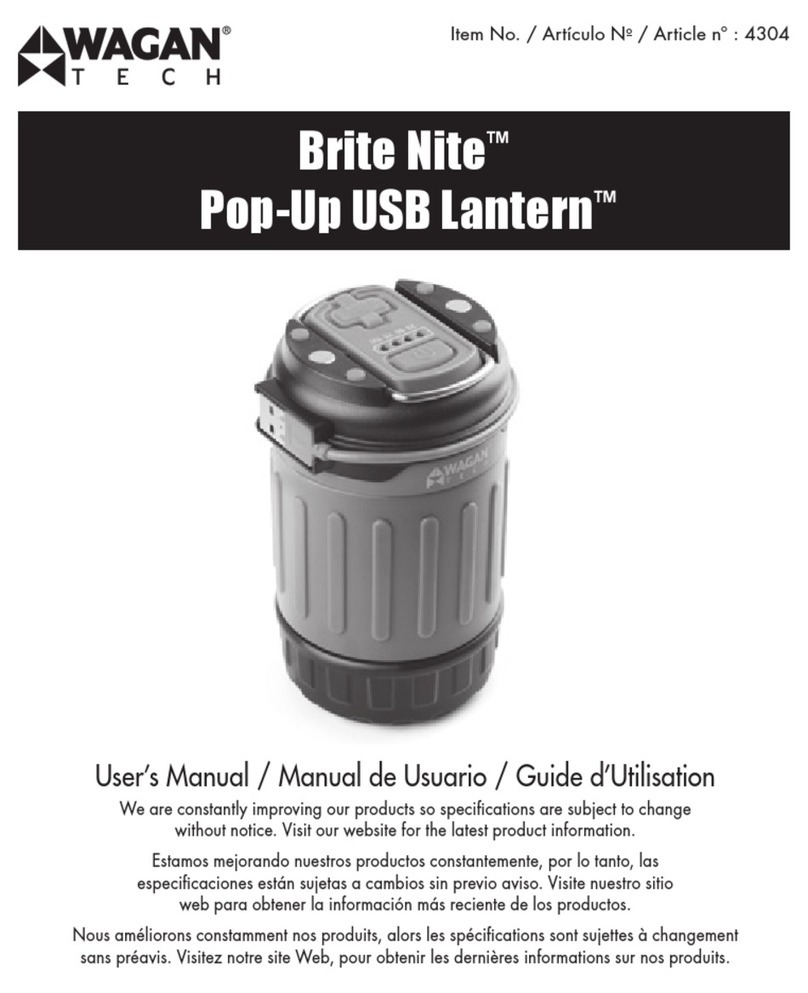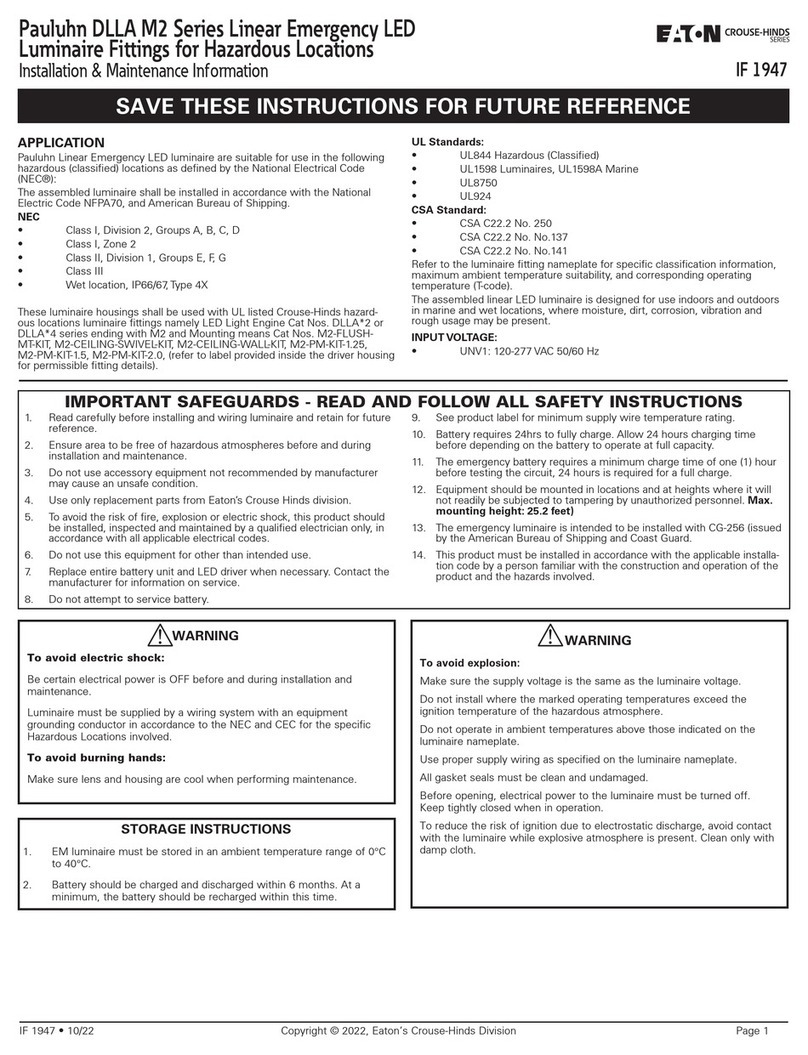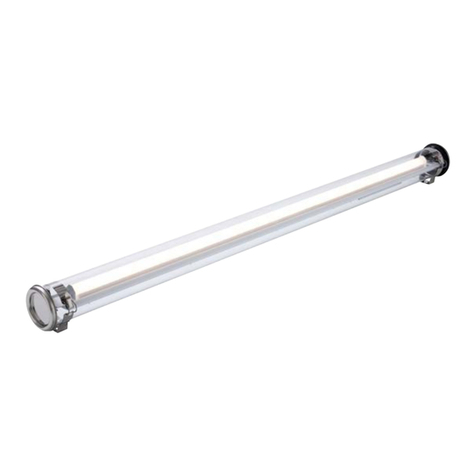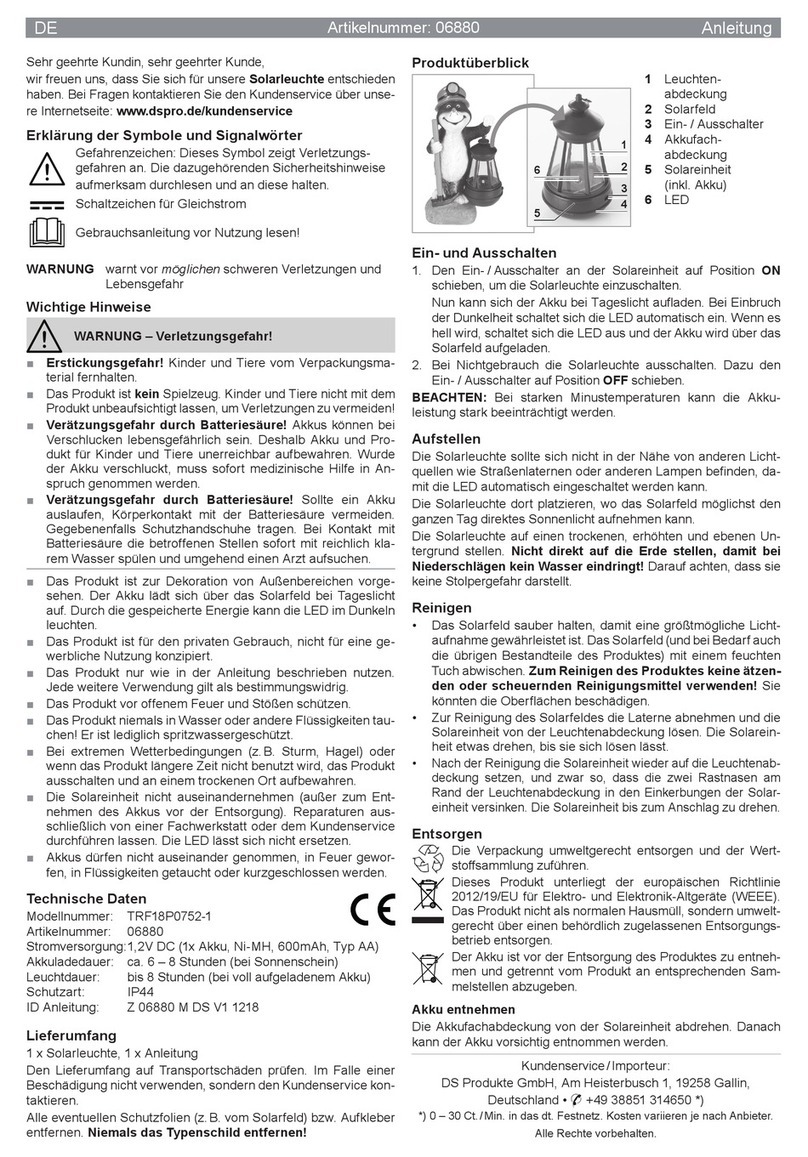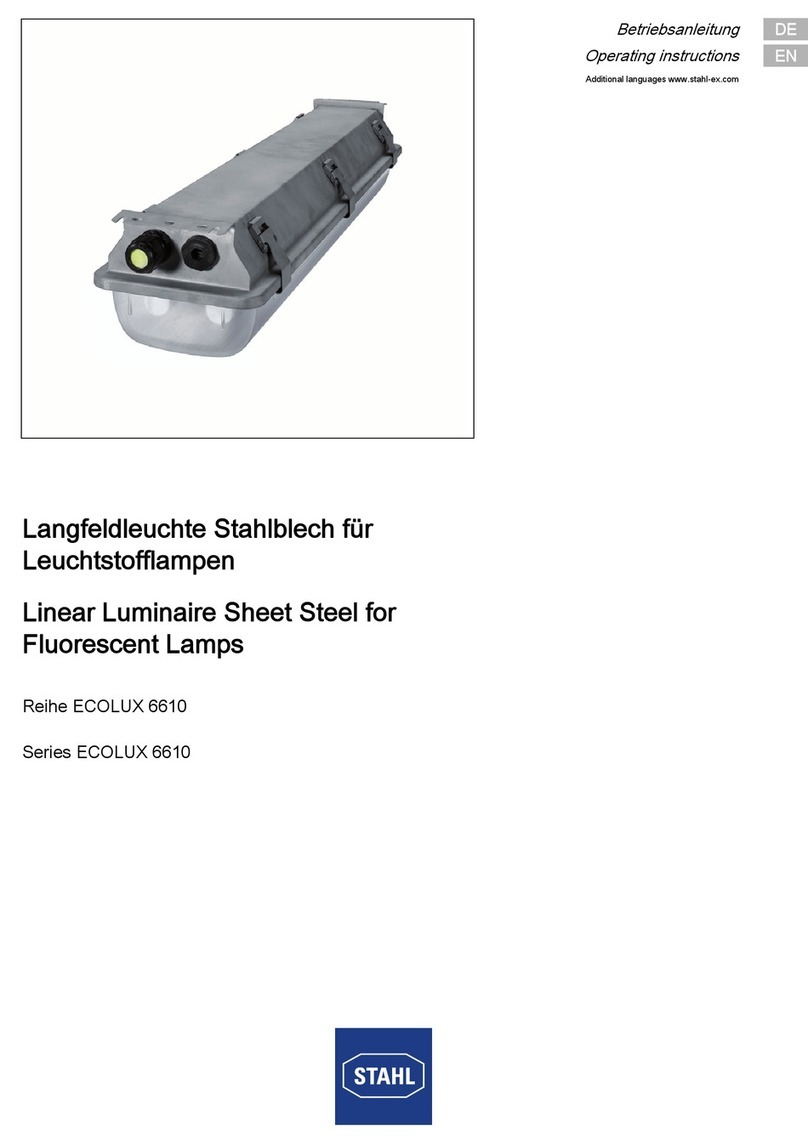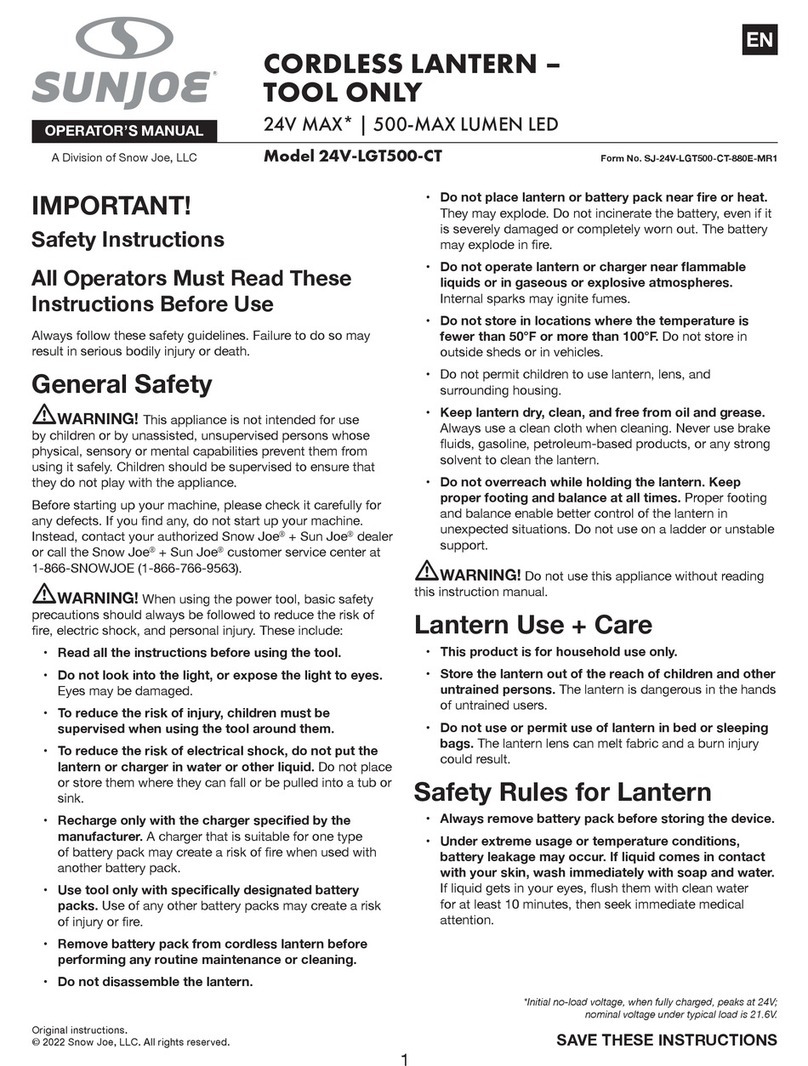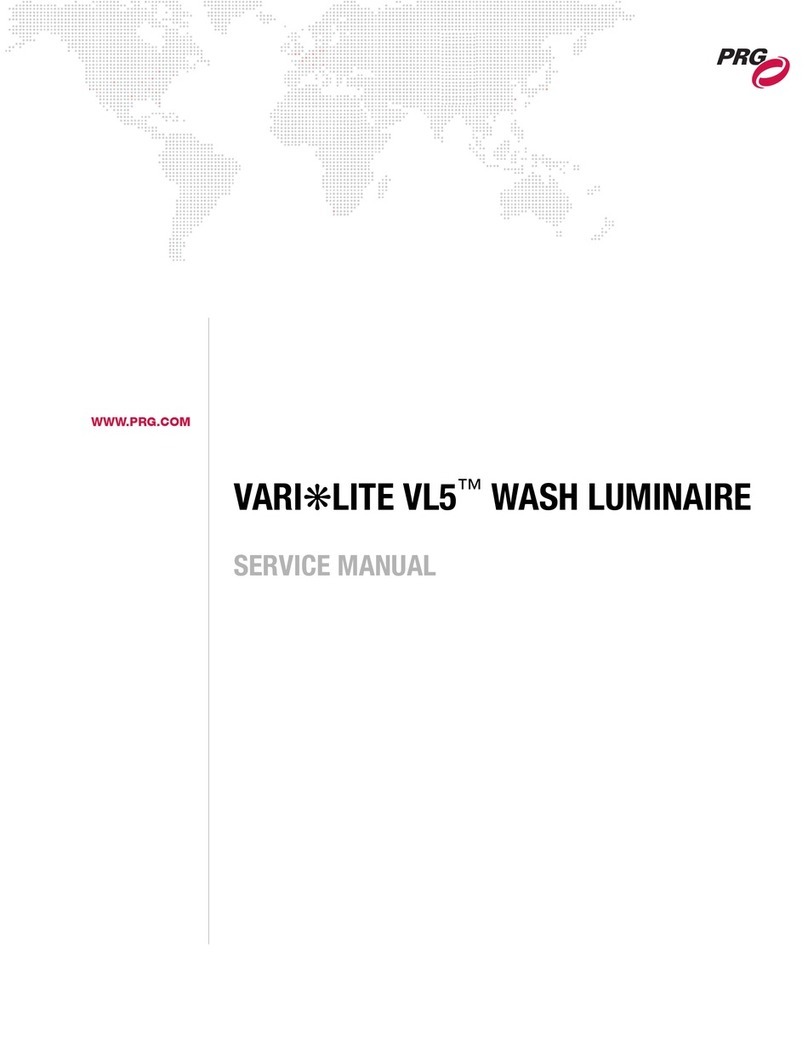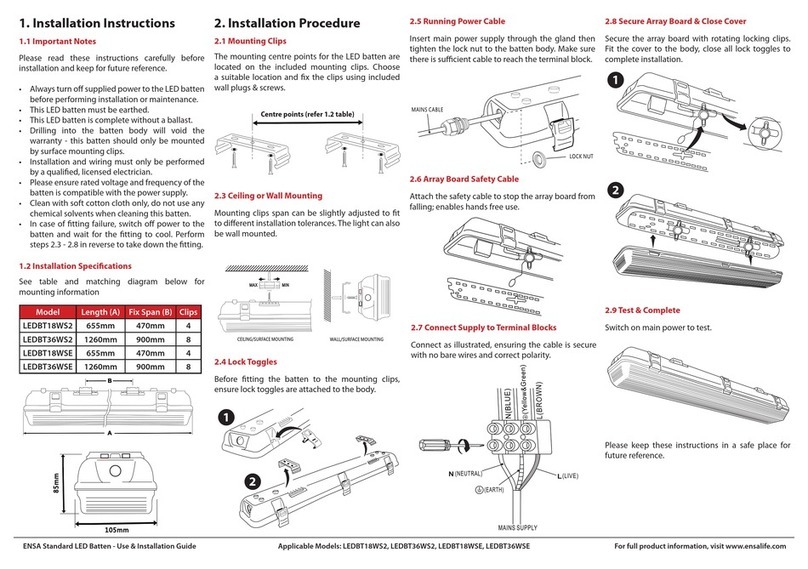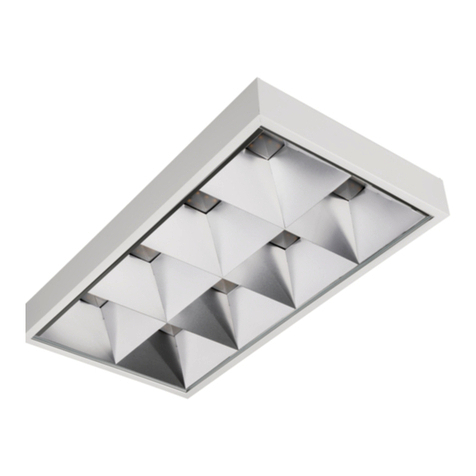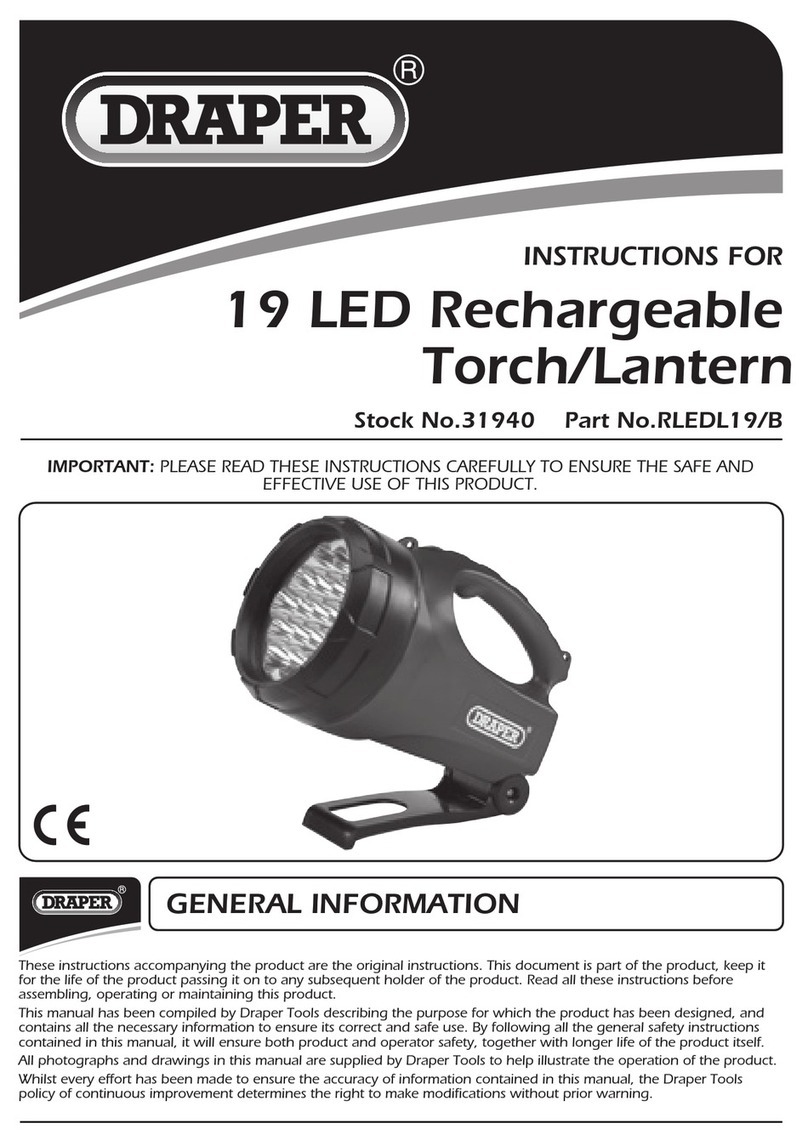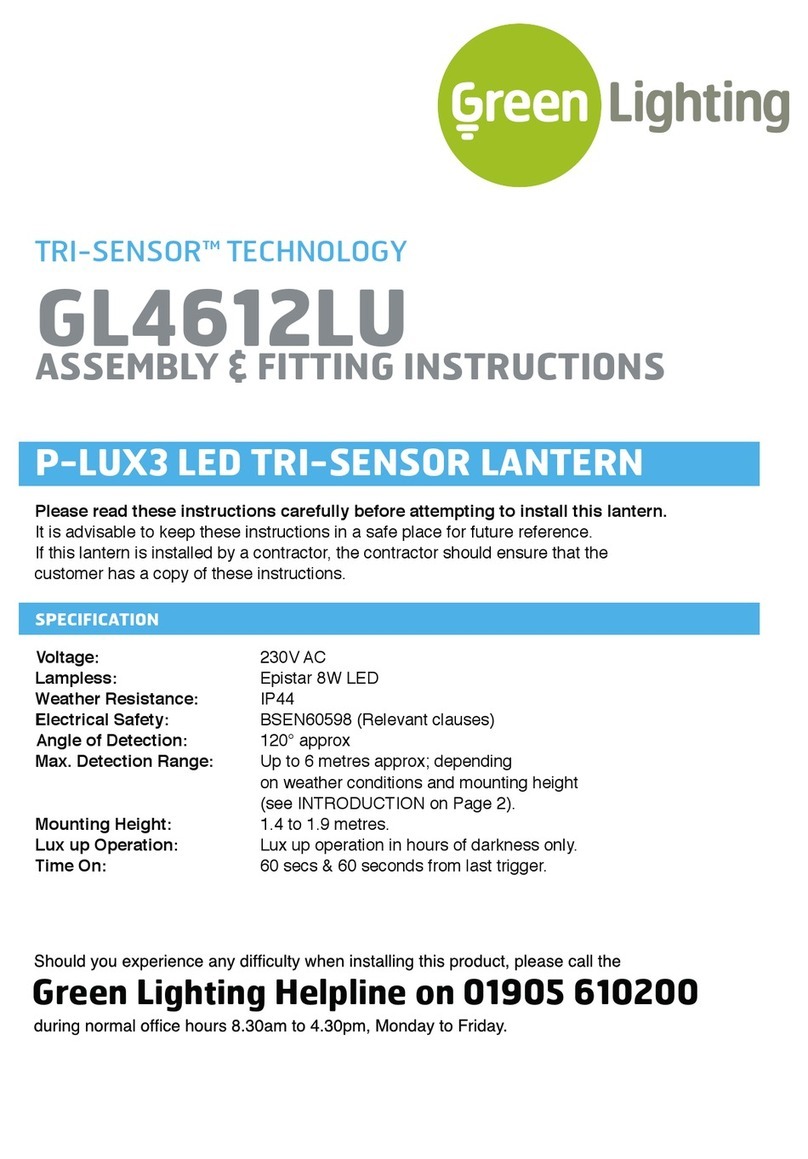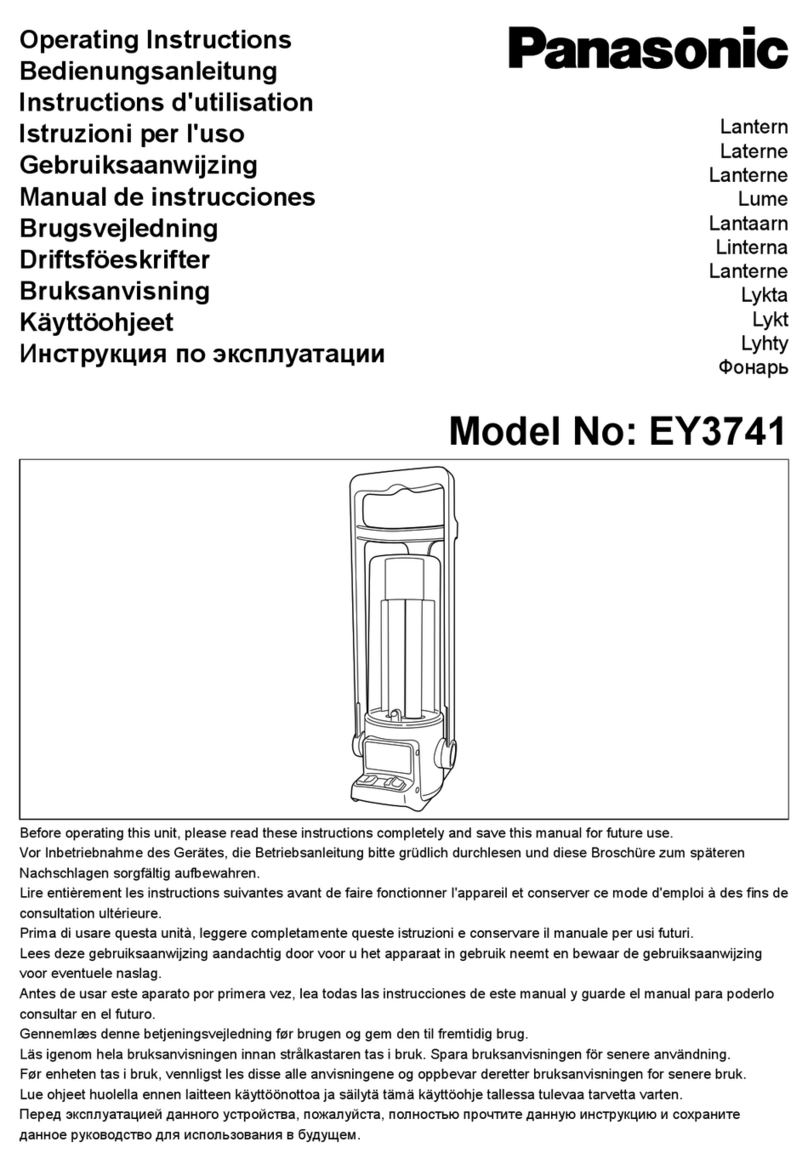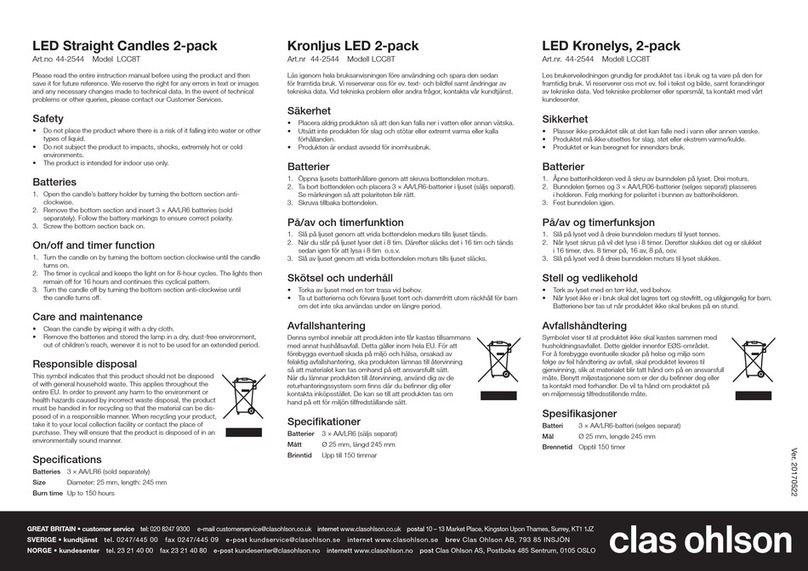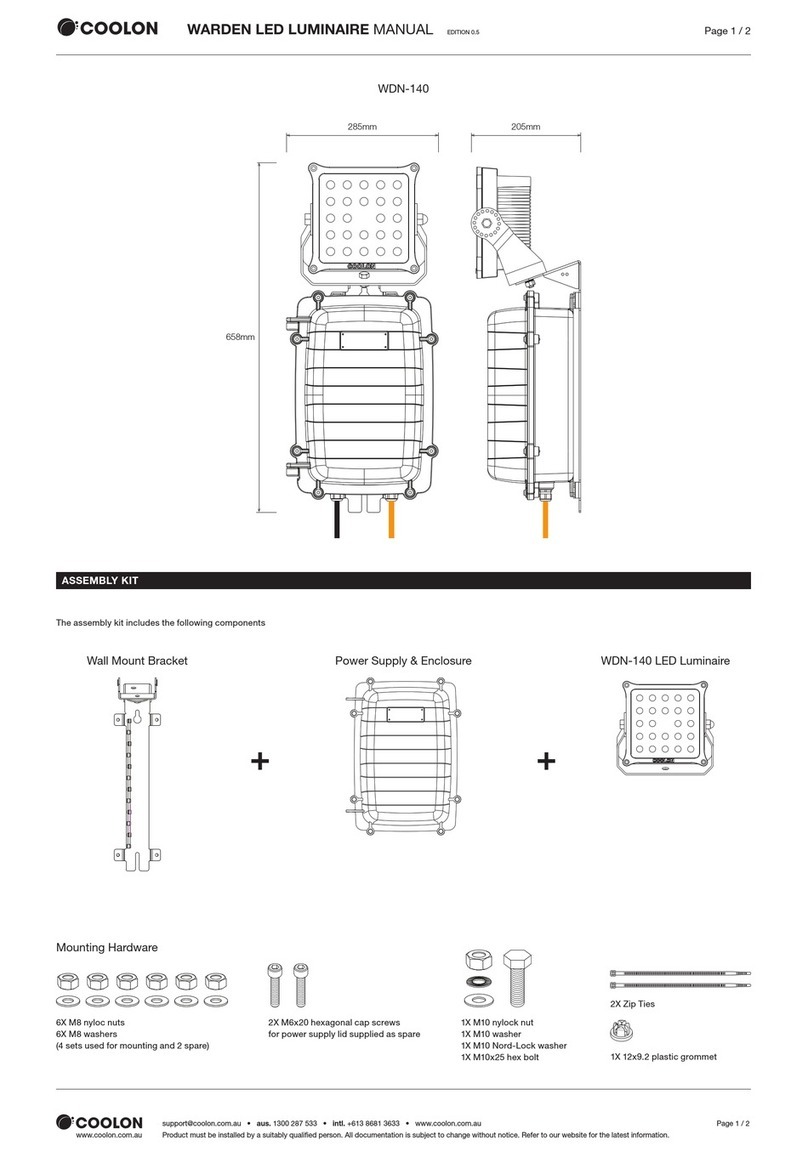
Sammode SA N° : 414 693 rév.F
24, rue des Amandiers –F 75020 Paris 3/11 Décembre 2015
Avant-propos
Les instructions qui suivent doivent être lues conjointement avec, entre autres, les normes EN 61241-14 et EN 61241-17
(Matériels électriques protégés par enveloppe - Sélection, installation et maintenance), NF C 15100, EN 60079-17
(inspection et entretien dans les emplacements dangereux), EN 60 079-19 (Réparation et révision du matériel utilisé en
atmosphères explosives), les règlements, les décrets, les arrêtés, les lois, les directives, les circulaires d’applications, les
autres normes concernées, les règles de l’art et tout autre document (édité par l’INRS ou l’INERIS, par exemple)
concernant le lieu d’installation concerné. Le non-respect de ceux-ci ne saurait engager la responsabilité de Sammode.
L’utilisateur devra avoir connaissance des risques induits par les courants électriques et des caractéristiques physiques
et chimiques des poussières présentes dans l’installation. Cela inclus, entre autres, la vérification de la compatibilité
entre les températures de surface du luminaire et les températures d’inflammation de ces poussières. Il en va de même
pour les gaz, vapeurs ou brouillards combustibles.
Ce luminaire est destiné aux zones où des atmosphères explosibles poussiéreuses peuvent être présentes :
zone 21, zone 22.
Les définitions des zones peuvent-être les suivantes :
-zone 21 : Emplacement dans lequel une atmosphère explosive sous forme d'un nuage de poussières combustibles
dans l'air est susceptible de se former occasionnellement en service normal (selon EN 61241-14).
-zone 22 : Emplacement dans lequel une atmosphère explosive sous forme d'un nuage de poussières combustibles
n'est pas susceptible de se former en service normal, et où une telle formation, si elle se produit, ne peut subsister
que pendant une courte période seulement.
La détermination et la délimitation de ces zones sont de la responsabilité et du ressort du responsable du site.
Instructions pour une mise en œuvre sans risques
(réalisée par du personnel compétent)
1 Installation
1.1 Montage du projecteur :
Après avoir préparé 3 éléments de fixation (vis par exemple).
Positionner la fourche du projecteur à l’emplacement choisi en
ayant pris soin de placer le corps du projecteur avec le PE sur le
dessous. Fixer la fourche.
1.2 Ouverture du cadre (supportant la vitre du luminaire) :
a) dévisser les 4 vis tenant ce cadre sans les sortir de leurs axes de
fixation,
b) dégager les 2 vis en appui sur les supports ouverts,
c) faire basculer le cadre,
1.3 Ouverture de la platine appareillage :
a) à l’aide d’un tournevis plat dévisser la vis tenant la patte de verrouillage
de la platine,
b) faire basculer la platine,
c) raccorder (voir § 2),
1.4 Fermeture de la platine :
Se reporter au § 1.3 a) et au § 1.3 b) en procédant à l’inverse.
1.5 Fermeture du cadre :
Se reporter au § 1.2 en procédant à l’inverse. Les 4 vis seront serrées de
façon à assurer l’étanchéité du projecteur (les supports des vis seront en
appui sur les supports des axes de fixation de ces dernières).
1.6 Serrer le PE (couple de 9 N.m ±1).
2. Raccordement (a effectuer hors tension)
2.1 passer le câble d'alimentation par le PE du corps sans le serrer.
2.2 raccorder la terre sur la borne de la platine prévue à cet effet .
2.3 raccorder la phase et le neutre sur les bornes du sectionneur porte-fusible prévues à cet effet (L et N).
2.4 raccorder à la terre la prise de masse (du corps à proximité du PE) prévue à cet effet (repérée par une étiquette ).
La section nominale du conducteur utilisé est définie dans les normes d’installation concernées (NF C 15-100, …).

